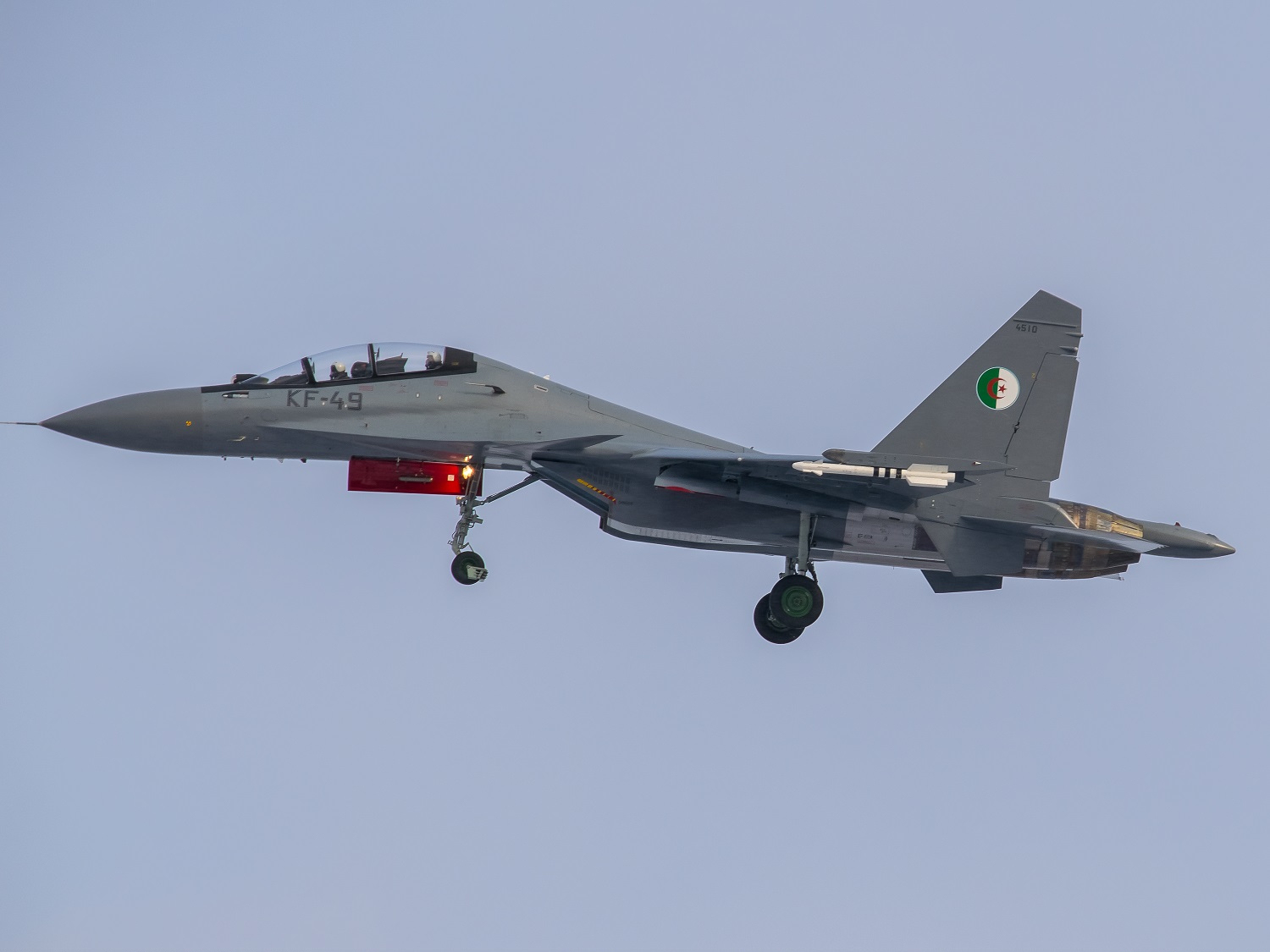some nice looking flankers
close look at the r77m
wonder why russia never made a dedicated flanker for sead like the chinese
They don’t really anticipate having to deal with that sort of stuff like the US or China due to their doctrine
Dedicated SEAD has lost a lot of its relevance, like dedicated strike fighters.
Relatively easy to just fit multi-role fighters with the equipment needed for the mission.
And you are only taking IRBIS itself into consideration here. Su-35S also has IRST with pretty cracked detection range and we don’t really know the technical details behind wingroot L-band radars, but L-band isn’t affected by RAM coating nearly as much as X-band.
This is extremely irrelevant argument. Not only military and consumer electronics belong to completely different markets, but also you are trying to use an end product on an international market as a basis for your comparison.
every time F-22 changes the aspect it’s RCS will change dynamically and detection range of IRBIS will increase.
Another thing, as i said above is L-ban radars in the slats. RAM coating is not great against decimeter wave frequencies.
Texas Instruments does both
I am incredibly happy for Texas Instruments. Not everyone in the world use US business model.
Ahem, unless you know the composition of the RAM (not all of the stuff is equal, plus different types are geared towards different spectrums) - you can’t really state that X or Y radar is better at countering it.
Ever notice the differences in shading, colour, etc on a Stealth Jet as seen from different angles? That’s because the material will actually be changed in makeup depending on where on the airframe it is. Even thicknesses can vary.
Anyone interested might find this book worth reading. It covers both Northrop and Lockheed and the different approaches they took.
It isn’t necessarily just the hardware but also the expertise of dedicated crews. The USN has obviously felt that a dedicated SEAD platform/crew is worth it otherwise the F/A-18G Growler wouldn’t be a thing. Have one or two airframes in a strike dedicated to doing the spooky stuff and that allows the other aircraft to focus on their own tasks (A2A, A2G, Recce, etc.)
It’s not about X or Y radar, it’s about wavelengths. Vast majority of modern radar equipment works on X-band so RAM is mostly tuned to absorb this range of frequencies.
Again, there is no public data as to what wavelengths stealth coatings are optimised for. What I can say with some certainty is that the whole - ‘Low frequency/Long Wavelength counters stealth’ claim is usually made by arms manufacturers to sell their Low Frequency/Long Wavelength radar systems.
There is no silver bullet to achieve or negate stealth. Given that such radars have been around in air defence systems for the past few decades - it is unlikely to be an area of the spectrum that everyone but Sukhoi forgot about.
Coming back onto topic - I don’t doubt that the Su-35 is probably the best fighter in the VKS arsenal. Better even than the Su-57, since at least the Flanker family has a well-proven design, produced in numbers with most of the kinks and bugs ironed out.
As to whether it could go head to head with a Western equivalent on an equal footing BVR? I don’t know.
Man i wanna my dark grey su30

Algeria based
Now I’m not sure if to get this one or Russian Knights. But both are way better than that atrocious navy livery that gaijin cooked. Poor thing looks abandoned on the some rundown air field for 5 years.
One more tweak and current Navy livery will actually have similar shade.
If I had to pick one of the two, I’d buy the russian knights one, which is also a camo achievable with kill points.
Idk if the digital scheme will just be GE
Wait, those are not marketplace versions?
The Khazak and RK camos were GE camos, with the RK being also free with kill points.
The digital scheme wasn’t available on dev yet, it closed before the camo was implemented, so I have no idea if it’s GE or marketplace :(